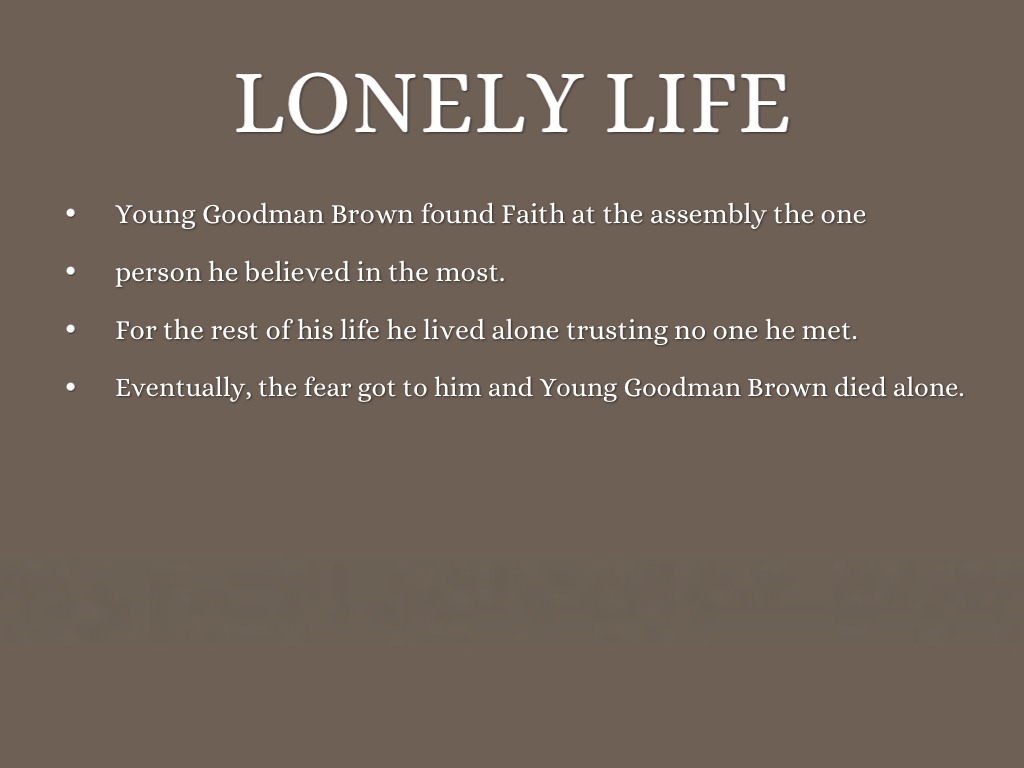In a world where social media dominates communication, the nuances of human interaction are continuously evolving. One such trend that has emerged is "dry begging," a subtle yet compelling method of eliciting sympathy or support without overtly asking for it. This phenomenon can be perplexing, especially when trying to distinguish between genuine requests for help and those that are more passive in nature. As we delve into the concept of dry begging, we will uncover various examples and the implications they carry in our daily lives.
Understanding dry begging is essential in today's society, where people often grapple with the challenges of expression. While many individuals may not even realize they are engaging in this behavior, it is important to recognize the signs and learn how to respond appropriately. By examining a variety of dry begging examples, we can shed light on this intriguing social behavior and its impact on relationships and communications.
The term "dry begging" is not limited to any specific demographic or context. Rather, it can manifest in various forms across different platforms and scenarios. From vague social media posts to cryptic messages, dry begging can take many shapes. In this article, we will explore some common examples of dry begging, analyze their motivations, and discuss how to navigate these delicate situations.
What is Dry Begging?
Dry begging refers to a subtle form of solicitation where individuals express a need or desire in a vague manner, often hoping for sympathy or assistance without directly asking for help. This behavior can be seen in online interactions, casual conversations, or even in professional settings. The underlying intention is to elicit emotional responses or support without overtly stating a request.
Why Do People Engage in Dry Begging?
There are various reasons why individuals resort to dry begging. Some of the most common motivations include:
- Avoiding direct confrontation or vulnerability
- Seeking validation or attention
- Testing the waters for support without commitment
- Desiring empathy from others without explicitly asking for help
Can Dry Begging Be Harmful?
While dry begging may seem harmless on the surface, it can lead to misunderstandings and strained relationships. When individuals engage in this behavior, they often risk:
- Creating confusion for the recipient
- Evoking feelings of frustration or guilt
- Undermining genuine requests for help
What Are Some Common Dry Begging Examples?
To better understand dry begging, let's look at some common examples that illustrate this behavior:
- Posting a picture of an empty fridge with a caption like, "Guess I need to go grocery shopping," instead of directly asking for help.
- Sharing a vague status update on social media that hints at personal struggles, such as “It’s been a tough week,” while expecting friends to inquire further.
- Making statements like, “I could really use a vacation right now,” without explicitly asking for support or planning a trip.
- Commenting on a colleague’s success with lines like, “Must be nice to have that kind of luck,” when feeling envious or inadequate.
How to Respond to Dry Begging?
Responding to dry begging can be tricky. Here are some tips on how to navigate these situations:
- Consider the context and the individual’s past behavior.
- Offer support if you feel comfortable, but avoid pressuring the individual to elaborate.
- Encourage open communication by creating a safe space for them to express their needs.
- Be mindful of your own feelings and boundaries when engaging with someone who is dry begging.
Is Dry Begging a Social Media Phenomenon?
Yes, dry begging has become increasingly prevalent in the age of social media. As online platforms provide a space for indirect communication, individuals often resort to vague posts to seek validation or support. The anonymity and distance of social media can make it easier for people to express their needs without facing direct confrontation.
What Are the Psychological Implications of Dry Begging?
Engaging in dry begging can have various psychological implications for both the individual seeking support and the recipient. Some potential effects include:
- Feelings of inadequacy for the person dry begging if they do not receive the expected response.
- Frustration or confusion for those on the receiving end, leading them to question the relationship.
- Potential resentment from both parties if the behavior continues unchecked.
How to Avoid Dry Begging?
Avoiding dry begging is essential for maintaining healthy communication in relationships. Here are some strategies:
- Practice direct and honest communication when expressing needs or desires.
- Reflect on the motivations behind your messages before sharing online.
- Avoid using vague language that can be misconstrued or ignored.
Can Dry Begging Lead to Miscommunication?
Absolutely. Dry begging can often result in miscommunication, as the intent behind the message may not be clear. This can lead to misunderstandings, hurt feelings, and frustration for both parties involved. It is important to strive for clarity in communication to foster understanding and support.
Conclusion: Navigating the World of Dry Begging
In summary, dry begging is a complex behavior that can manifest in various ways across different contexts. By understanding what dry begging examples look like and the motivations behind them, we can improve our communication and relationships. Recognizing the psychological implications and practicing direct communication can help us navigate these situations with empathy and clarity.
Exploring The Allure Of Morgan Vera On OnlyFans
Discovering The World Of HDHub4U Download: A Complete Guide
Bolly4u.org: Your Ultimate Entertainment Destination


